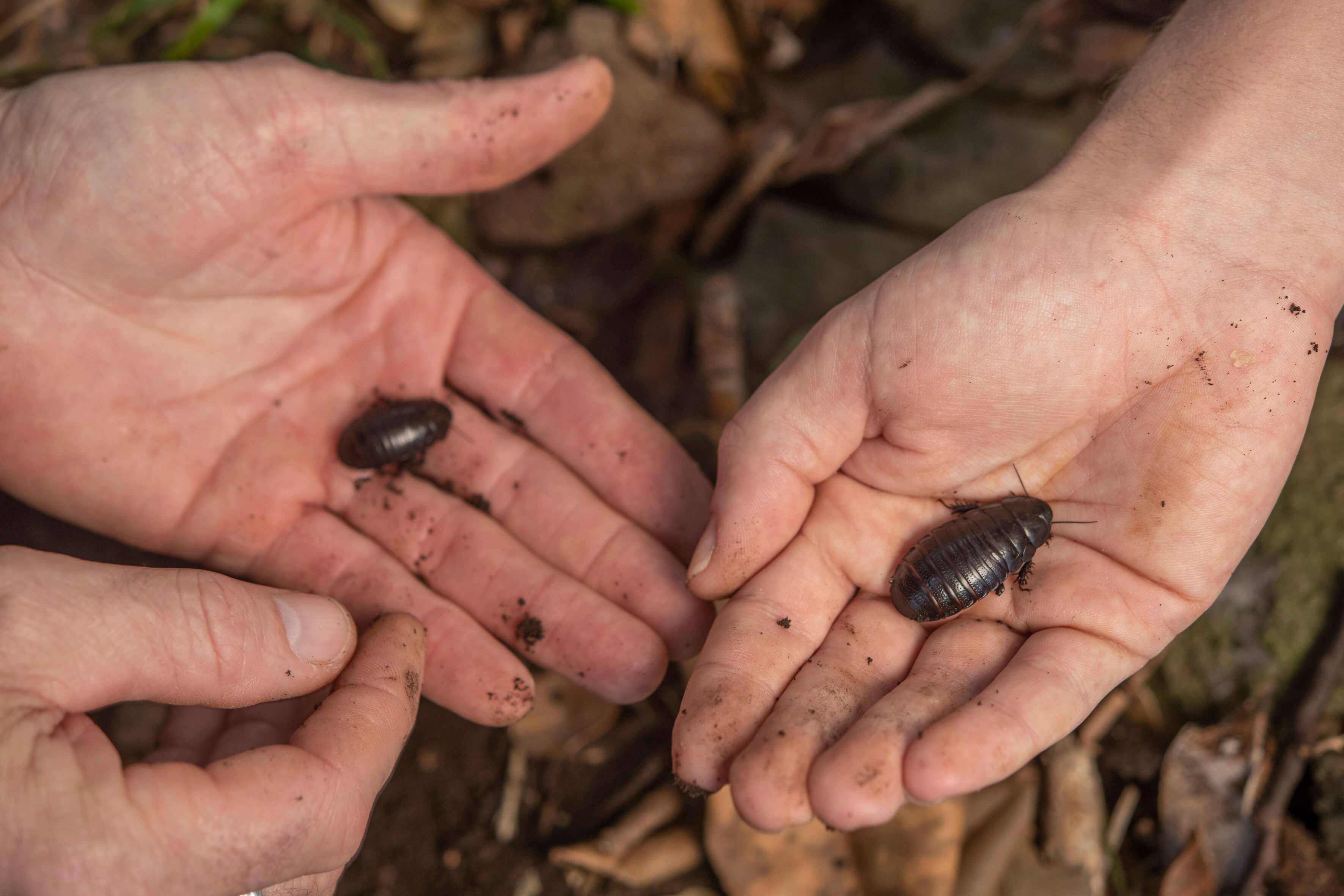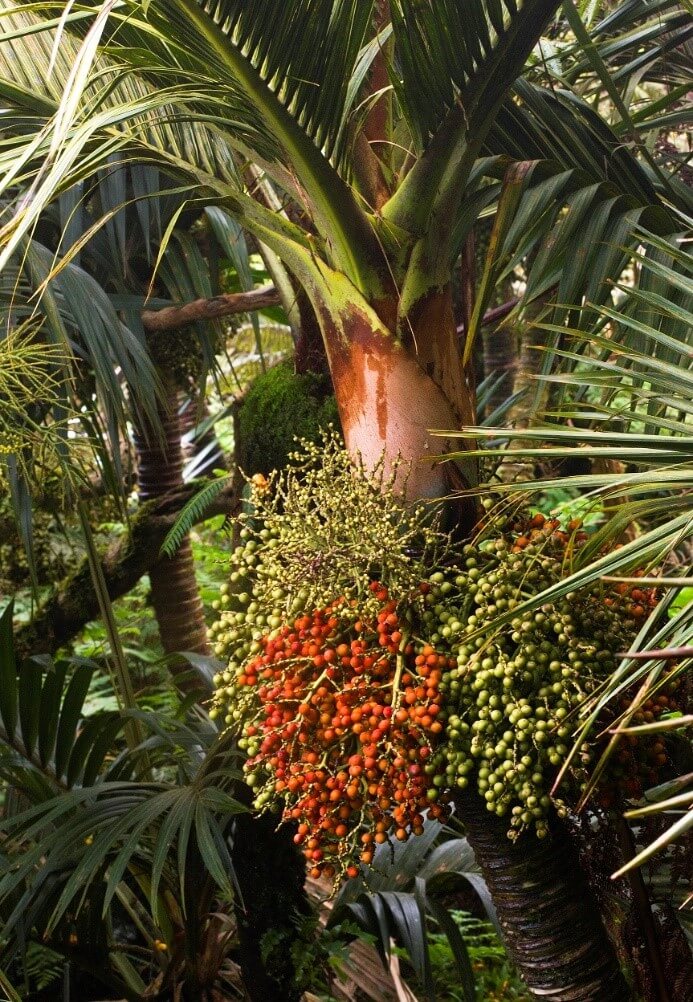Four years post-REP, Lord Howe Island’s ecosystems are thriving
The removal of rodents has enabled more than 30 threatened species to make a remarkable recovery.
Threatened and once-dwindling populations of plant and animal species have begun to reclaim the Island. The endangered Woodhen population has more than tripled post-eradication to over 1,200 birds.
The project has protected our unique biodiversity and World Heritage status, as a home to a number of species found nowhere else on earth.
Evaluation of the environmental impacts of the REP is ongoing
Other dramatic signs of recovery include:
- The Lord Howe wood-feeding cockroach, presumed extinct for over 80 years, was rediscovered on the main Island in June 2022.
- Several seabirds have demonstrated improved breeding success, including the Black-winged Petrel (increasing to over 50% from 2.5%). Anecdotal observations suggest that the number of currawongs may have doubled.
- Four different critically endangered land snail species that were thought to be extinct have recently been recorded: the helicarionid land snail (which hasn’t been seen in 20 years), the Lord Howe microturban (the last living specimen was previously seen in 1913), and the Deliciola charis (the first ever live sighting).
- Numerous plant species have increased seedling and seed numbers, such as the critically endangered LHI Broom and endemic Little Mountain Palm. Recent surveys found 17 times more juveniles at some sites compared to before the control of rodents.
Other dramatic signs of recovery include:
- The annual Lord Howe Woodhen survey conducted in late 2024 resulted in a record high count of at least 1,638 birds, up from 1,147 in 2022 - a staggering increase from the 208 individuals recorded in 2019 when birds were released from captive management following the REP.
- The total included 672 new birds that were caught and banded for the first time, confirming high rates of breeding success since the previous survey.


